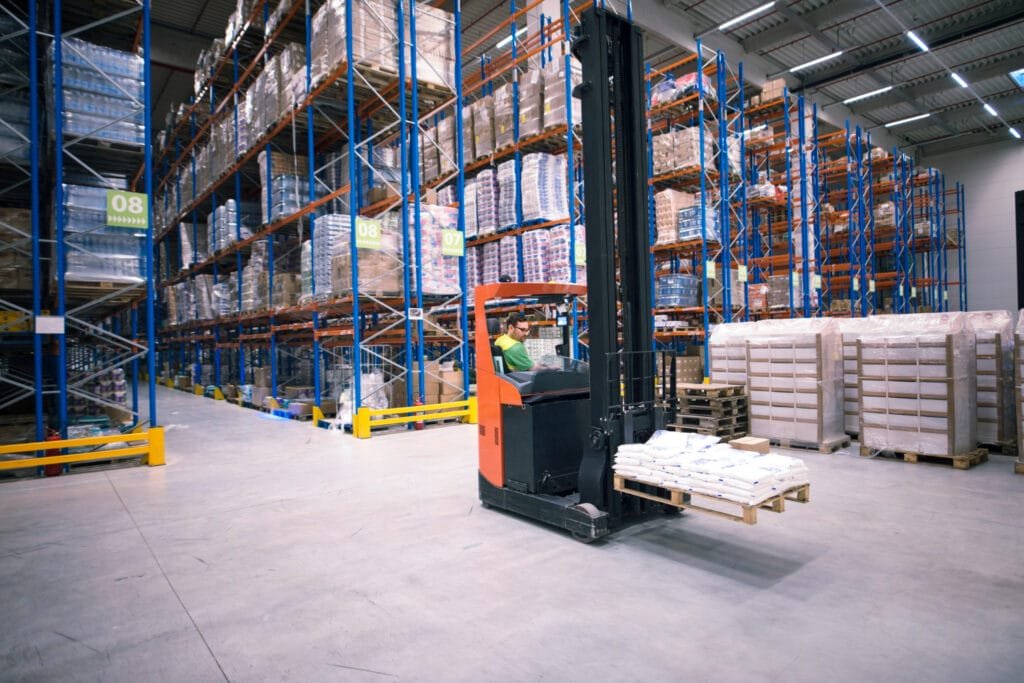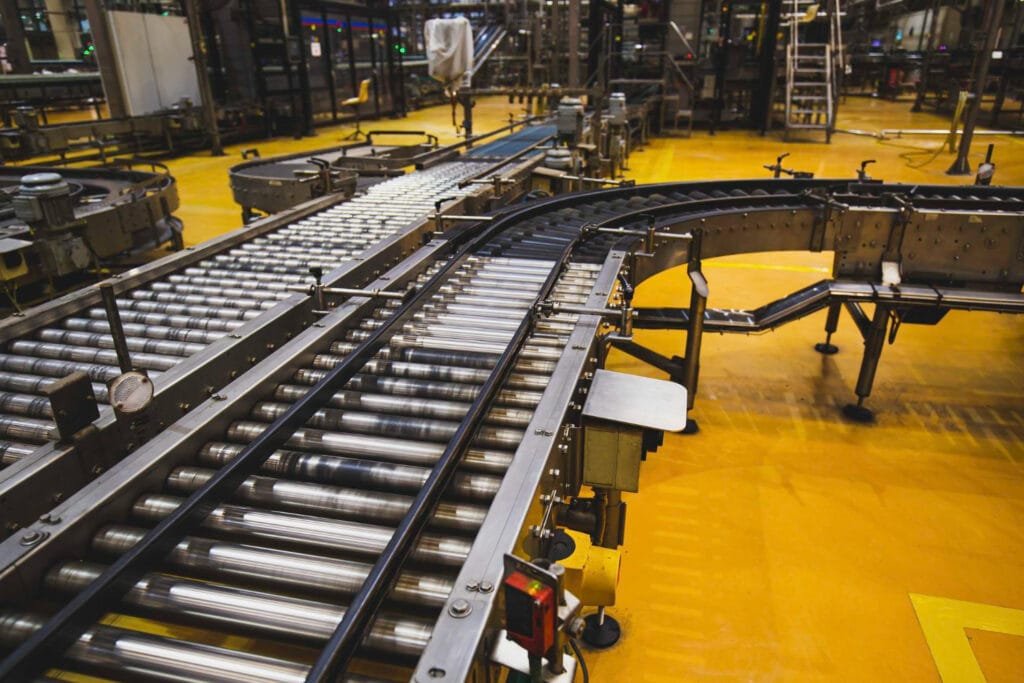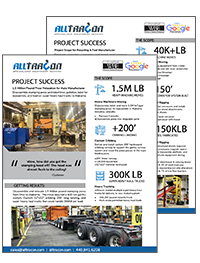How to Ensure Compliance with Safety Regulations in Plant Installation
Plant installation is a multifaceted process that demands strict adherence to safety regulations. The complexity of these projects, coupled with the potential hazards involved, makes safety compliance not just a legal necessity but a critical component of project success. Ensuring that safety standards are met protects workers, prevents costly accidents, and safeguards the overall integrity of the installation process. This guide delves into the essential aspects of compliance with safety regulations in plant installation, offering practical advice and comprehensive insights for professionals in the field.
Understanding Safety Regulations
Overview of Key Regulations
Safety regulations in plant installation vary widely depending on geographic location and industry-specific requirements. However, several core standards are broadly applicable:
- Occupational Safety and Health Administration (OSHA): In the United States, OSHA provides extensive guidelines covering various aspects of workplace safety. For plant installations, key regulations include those pertaining to equipment operation, electrical safety, and fall protection. OSHA standards mandate safe working practices and equipment use to minimize risk and prevent accidents.
- European Union (EU) Regulations: In Europe, the EU has established directives such as the Machinery Directive and the Work Equipment Directive. These directives outline safety requirements for machinery and work equipment, emphasizing the need for risk assessments, safety features, and proper maintenance.
- International Standards: Globally recognized standards from organizations like the International Organization for Standardization (ISO) and the International Electrotechnical Commission (IEC) provide guidelines for ensuring safety in plant operations. These standards cover a wide range of topics, including safety management systems, risk assessment procedures, and technical safety requirements.
Importance of Compliance
Compliance with safety regulations is critical for several reasons:
- Accident Prevention: Adhering to safety standards helps prevent accidents and injuries, protecting both workers and the public.
- Legal and Financial Protection: Non-compliance can lead to significant legal and financial repercussions, including fines, lawsuits, and increased insurance premiums.
- Reputation Management: A commitment to safety enhances a company’s reputation, fostering trust with clients, stakeholders, and regulatory bodies.
- Operational Efficiency: By minimizing accidents and disruptions, compliance contributes to smoother project execution and operational efficiency.
Planning and Preparation
Conducting a Risk Assessment
A comprehensive risk assessment is a fundamental step in ensuring safety compliance. This process involves:
- Identifying Hazards: Recognize potential hazards associated with the installation process. Hazards may include physical dangers (e.g., moving machinery, heavy lifting), chemical risks (e.g., hazardous substances), and environmental factors (e.g., noise, extreme temperatures).
- Assessing Risks: Evaluate the likelihood and severity of each identified hazard. This assessment helps prioritize risks and determine the appropriate level of control needed.
- Implementing Controls: Develop and implement risk control measures. These may include engineering controls (e.g., machine guards), administrative controls (e.g., work procedures), and personal protective equipment (PPE) (e.g., helmets, gloves).
Developing a Safety Plan
A well-structured safety plan is crucial for managing risks and ensuring compliance. Key components include:
- Safety Procedures: Outline detailed procedures for safe operation, equipment maintenance, and emergency response. These procedures should be clear and accessible to all workers.
- Training Requirements: Specify training programs for workers covering safety practices, equipment use, and emergency protocols. Ensure that all personnel are adequately trained and competent.
- Emergency Response: Develop comprehensive procedures for responding to emergencies. This includes first aid, evacuation plans, and communication strategies with emergency services.
Worker Training and Communication
Providing Comprehensive Training
Effective training is vital for maintaining safety standards. Essential elements of a training program include:
- Safety Inductions: Provide new employees with an orientation that covers site-specific safety practices and procedures. This ensures that they are aware of potential hazards and know how to mitigate them.
- Equipment Training: Train workers in the safe operation and maintenance of equipment. This includes understanding the equipment’s controls, safety features, and operational limits.
- Ongoing Training: Offer regular refresher courses and updates on new safety regulations and practices. Continuous learning helps reinforce safety standards and adapt to changes.
Promoting Open Communication
Open communication is key to maintaining a safe working environment. Strategies for effective communication include:
- Regular Safety Meetings: Hold frequent safety meetings to discuss safety issues, review procedures, and address any concerns raised by workers. These meetings provide an opportunity for sharing safety updates and best practices.
- Feedback Mechanisms: Establish channels for workers to report hazards, near-misses, and safety concerns. Encourage employees to provide feedback and suggest improvements.
- Safety Signage: Use clear and visible signage to remind workers of safety practices and alert them to potential hazards. Effective signage helps reinforce safety messages and prevent accidents.
Equipment and Machinery Safety
Ensuring Equipment Compliance
Equipment safety is a critical aspect of plant installation. Key considerations include:
- Inspection and Maintenance: Implement a regular inspection and maintenance schedule for all equipment. This helps identify and address potential issues before they lead to accidents or equipment failures.
- Certification: Verify that all equipment meets relevant safety certifications and standards. Certification ensures that equipment has been tested and deemed safe for use.
- Safe Operation: Ensure that equipment operators are properly trained and qualified. This includes understanding the equipment’s safety features and operating procedures.
Implementing Safety Features
Incorporating safety features into equipment and machinery enhances overall safety. Consider the following:
- Safety Guards: Install guards and barriers to prevent accidental contact with moving parts. Guards should be designed to prevent access while allowing for safe operation and maintenance.
- Emergency Stop Controls: Equip machinery with easily accessible emergency stop controls. These controls allow operators to quickly halt equipment in the event of an emergency.
- Warning Systems: Use alarms, lights, and other warning systems to alert workers to potential hazards. Warning systems help prevent accidents by providing early notifications.
Site Safety Management
Managing Site Conditions
Effective site management is essential for maintaining safety during plant installation. Key practices include:
- Site Preparation: Prepare the site by removing debris, leveling the ground, and addressing environmental hazards. Proper site preparation minimizes the risk of accidents and creates a safe working environment.
- Access Control: Restrict site access to authorized personnel only. This reduces the risk of accidents by limiting exposure to potential hazards.
- Housekeeping: Maintain a clean and organized work area. Good housekeeping practices help prevent trips, slips, and falls, contributing to a safer work environment.
Monitoring and Enforcement
Ongoing monitoring and enforcement of safety regulations are crucial. Strategies include:
- Safety Inspections: Conduct routine safety inspections to identify and address potential hazards. Inspections help ensure that safety procedures are being followed and that any issues are promptly resolved.
- Compliance Audits: Perform periodic compliance audits to evaluate adherence to safety regulations. Audits help identify areas for improvement and ensure that safety practices are up to date.
- Disciplinary Measures: Implement disciplinary actions for non-compliance. Clear consequences for safety violations reinforce the importance of adhering to safety standards and encourage a culture of safety.
Emergency Preparedness
Developing an Emergency Plan
An effective emergency plan is essential for managing accidents and incidents. Key elements include:
- Emergency Contacts: Maintain a list of emergency contacts, including local emergency services, medical facilities, and key personnel. Ensure that this information is readily accessible to all workers.
- Evacuation Routes: Clearly mark and communicate evacuation routes and assembly points. Regularly review and practice evacuation procedures to ensure that workers are familiar with them.
- Emergency Drills: Conduct regular emergency drills to practice response procedures. Drills help ensure that workers know what to do in an emergency and can execute the plan effectively.
Providing First Aid
Having adequate first aid provisions is crucial for addressing injuries and emergencies. Key considerations include:
- First Aid Kits: Equip the site with well-stocked first aid kits. Kits should be easily accessible and regularly checked to ensure they contain necessary supplies.
- Trained Personnel: Designate and train first aid responders among the workforce. Ensure that these individuals are capable of providing effective first aid and are familiar with emergency procedures.
- Emergency Equipment: Provide necessary emergency equipment, such as defibrillators, if required. Ensure that this equipment is regularly maintained and that workers are trained in its use.
Documentation and Record-Keeping
Maintaining Safety Records
Accurate documentation is essential for tracking safety compliance and addressing issues. Key records to maintain include:
- Risk Assessments: Keep detailed records of risk assessments and any actions taken to mitigate identified risks. Documentation helps demonstrate compliance and provides a reference for future assessments.
- Training Records: Document all training activities, including participant names, training dates, and content covered. This information is essential for tracking employee qualifications and ensuring ongoing compliance.
- Inspection Reports: Maintain records of equipment inspections and maintenance activities. These records provide evidence of equipment safety and help identify any recurring issues.
Reporting Incidents
Reporting and investigating incidents is crucial for preventing future occurrences. Key practices include:
- Incident Reports: Document details of any accidents or near-misses. Include information on the nature of the incident, the individuals involved, and any immediate actions taken.
- Investigations: Conduct thorough investigations to determine the root causes of incidents. Use the findings to implement corrective measures and improve safety practices.
- Compliance Reports: Prepare and submit reports required by regulatory agencies. Ensure that reports are accurate and submitted within the specified timeframes.
Staying Updated with Regulations
Monitoring Regulatory Changes
Staying informed about changes in safety regulations is essential for ongoing compliance. Strategies include:
- Regulatory Updates: Regularly review updates from relevant regulatory bodies and industry organizations. Stay informed about new regulations, amendments, and best practices.
- Professional Development: Participate in industry conferences, seminars, and training programs to stay current with safety standards and practices. Continuous professional development helps ensure that safety practices remain up to date.
Adapting Practices
Adjusting safety practices in response to regulatory changes is crucial for maintaining compliance. Consider the following:
- Revising Safety Plans: Update safety plans and procedures to reflect new regulations. Ensure that all changes are communicated to workers and incorporated into training programs.
- Training Updates: Integrate new regulatory requirements into training programs. Ensure that workers are aware of and understand any changes to safety regulations and practices.
Achieving Safe and Successful Plant Relocation with Alltracon
Ensuring compliance with safety regulations in plant installation requires a proactive and comprehensive approach. Alltracon understands the importance of adhering to safety standards during plant relocation, which involves conducting thorough risk assessments, developing detailed safety plans, providing effective training, and maintaining open communication. Regular monitoring, documentation, and staying updated with regulatory changes are crucial for maintaining a safe working environment, ensuring that every aspect of the relocation process is executed smoothly and safely.
By implementing these strategies, organizations can not only comply with safety regulations in plant installation but also foster a culture of safety that benefits everyone involved in the process. Prioritizing safety protects workers and minimizes risks while enhancing operational efficiency and strengthening the company’s reputation. Contact us today to learn how we can assist you in achieving a safe and successful plant installation and relocation.






